Author Recent Posts Syed Basim Raza Latest posts by Syed Basim Raza (see all) SCO Tianjin Summit and the shifting balance of power – October 1, 2025 What can be done to save the future of Pakistan’s Northern Communities amidst Climate disasters? – September 10, 2025 Is Israel using starvation as a tool of Genocide
Timely investments in early warning systems, glacier and watershed management, green infrastructure, and community-led adaptation can save northern Pakistan’s communities. The mountain valleys that feed the Indus and sustain millions face faster glacier melt, growing glacial lakes, deforestation, and more intense monsoon floods. Those hazards now combine with weak local infrastructure and limited disaster funding to turn seasonal shocks into long-term ruin. This is an urgent mission: protect the people and landscapes of the north before the damage becomes irreversible.
The floods of 2022 showed how fragile Pakistan’s systems are when extreme weather arrives. Those floods caused widespread loss of life, destroyed housing and farmland, and produced damage and reconstruction needs measured in the tens of billions of dollars. The World Bank and UN assessments found large parts of the Indus basin affected and reconstruction needs exceeding many billions, exposing how little buffer communities possess against major events. Government relief and international aid helped, but most recovery spending focused on short-term rebuilds rather than long-term resilience. The northern districts saw landslides and riverbank erosion that removed homes and roads, cutting communities off from markets and services. This pattern repeats when glaciers surge or monsoons intensify, leaving northern communities to shoulder repeated shocks.
Recent monsoon seasons in 2025 added fresh urgency to the problem as record rains and floods hit plains and highlands alike. The same weather patterns that drowned parts of Punjab and overwhelmed lowland drainage systems also send more water and debris down mountain channels, increasing landslide and flash flood risks in high valleys. Climate scientists link these changes to higher atmospheric moisture and warming that alters snow and glacier melt cycles across the Hindu Kush–Karakoram–Himalaya region. Northern settlements, often clustered on narrow terraces and river fans, face the compound threat of glacial lake outbursts and heavy monsoon runoff converging in the same season. Rescue work after sudden floods will save lives, but it will not stop the next disaster unless systems change.
Glaciers are central to the crisis because they control water timing and volume for the Indus basin. Research shows accelerated melting has created thousands of glacial lakes and increased the chance of glacial lake outburst floods (GLOFs), which strike with little warning and huge force. Melting also shifts seasonal river flows, stressing irrigation and hydroelectric systems built around older flow patterns. The Hindu Kush–Karakoram–Himalaya region supplies between roughly half and most of the Indus headwaters’ dry-season flows, so any shift in glacier dynamics can cascade into agriculture, drinking water, and flood risk downstream. Managing glacier hazards and restoring upstream watersheds matter as much as building levees downstream.
Practical steps can begin immediately and pay dividends fast if scaled properly. First, install and expand community-based early warning systems that combine river gauges, rainfall monitoring, and simple siren networks; local volunteers must run and trust them. Second, invest in glacier and glacial-lake monitoring using satellite data, drones, and on-the-ground teams to map high-risk lakes and plan controlled drainage where needed. Third, restore and expand mountain forests, terraces, and upstream wetlands to slow runoff, trap sediments, and reduce landslide risk while offering livelihoods through agroforestry. Fourth, redesign critical roads, bridges, and water intakes with higher flood margins and accessible evacuation routes so communities are not cut off in the next event. These measures work together: warnings save time, monitoring gives targetable risk maps, and nature-based solutions reduce force.
Financing and governance must shift toward resilience instead of only relief spending. Local climate funds, matched by provincial and federal budgets, should finance small-scale hazard-reduction works and livelihood diversification for mountain families. Conditional grants can reward districts that adopt risk-informed land use and climate-smart agriculture. International partners must be invited to invest in long-term projects that protect transboundary headwaters, while technical transfers should prioritize community training and maintenance budgets. A national resilience bond or green infrastructure facility could marshal private capital for resilient roads, micro-hydropower upgrades, and nature-based schemes in the north.
Education and local leadership are as important as hardware. Schools should teach simple flood and landslide safety, and local councils should oversee hazard zoning, building codes, and relocation plans that respect culture and livelihoods. Women’s groups and youth brigades often lead successful adaptation in mountain settings and must receive direct funding and training. Scientific partnerships with Pakistani universities can give local authorities the models and forecasts they need in accessible formats. Trust grows when scientific monitoring and local knowledge meet at community tables to plan action.
Long-term success will require shifting how Pakistan values its mountain landscapes. The north is not only a touristic wonder but a critical water tower for the country. Preserving that service demands legal protections for key watersheds, incentives for low-impact tourism, and transparent benefit-sharing when infrastructure projects tap mountain resources. A clear national mountain strategy with provincial buy-in can align development, conservation, and disaster risk reduction under measurable targets. The country that protects its headwaters now will secure food, power, and safety for generations.
The north can be saved if leaders act with scale, speed, and listening. Investments in warning systems, glacier monitoring, nature-based defenses, resilient infrastructure, and local capacity will reduce loss and build a plausible future for mountain communities. Pakistan still has time to turn repeated grief into durable safety, but that window will close unless political will and finance move from words to steady action. The true test will be whether the country protects the mountain valleys that keep the Indus alive.
- SCO Tianjin Summit and the shifting balance of power - October 1, 2025
- What can be done to save the future of Pakistan’s Northern Communities amidst Climate disasters? - September 10, 2025
- Is Israel using starvation as a tool of Genocide in Gaza? - August 28, 2025


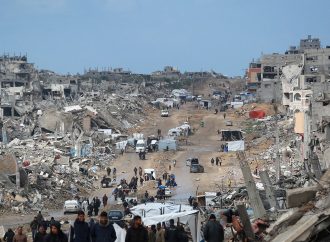


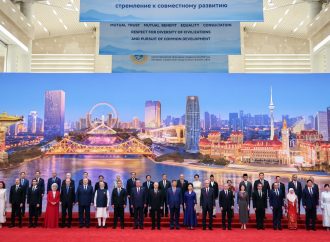

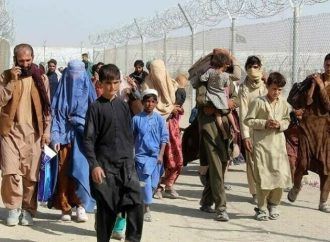

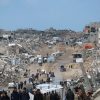










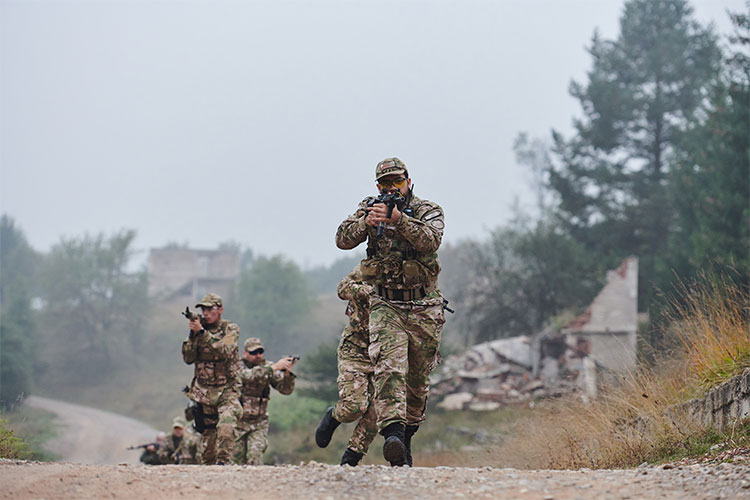

Leave a Comment
Your email address will not be published. Required fields are marked with *